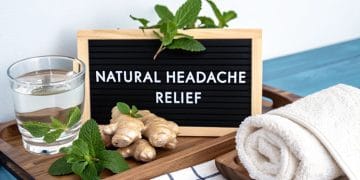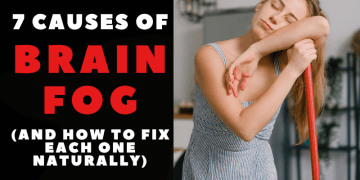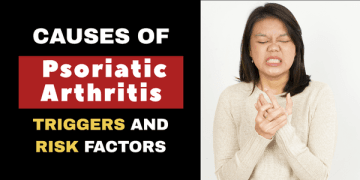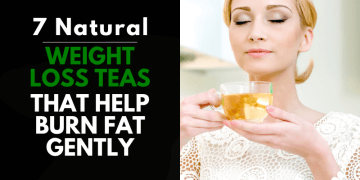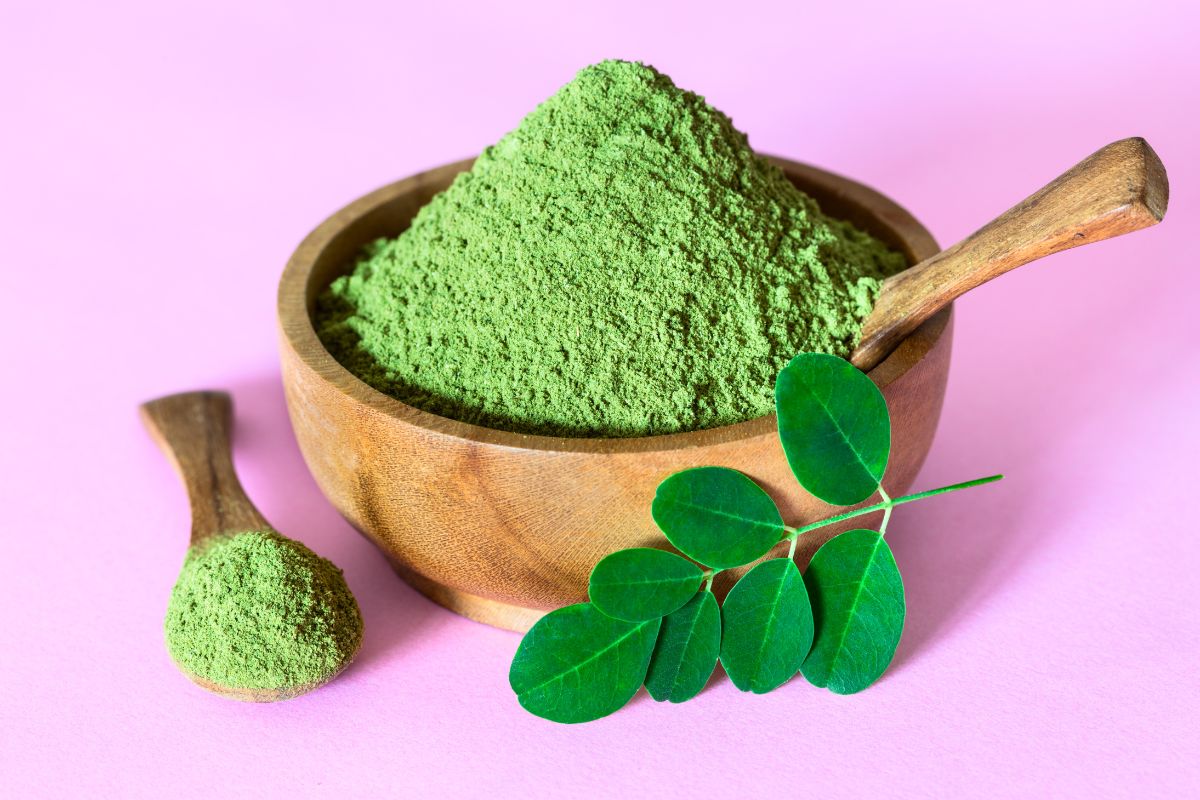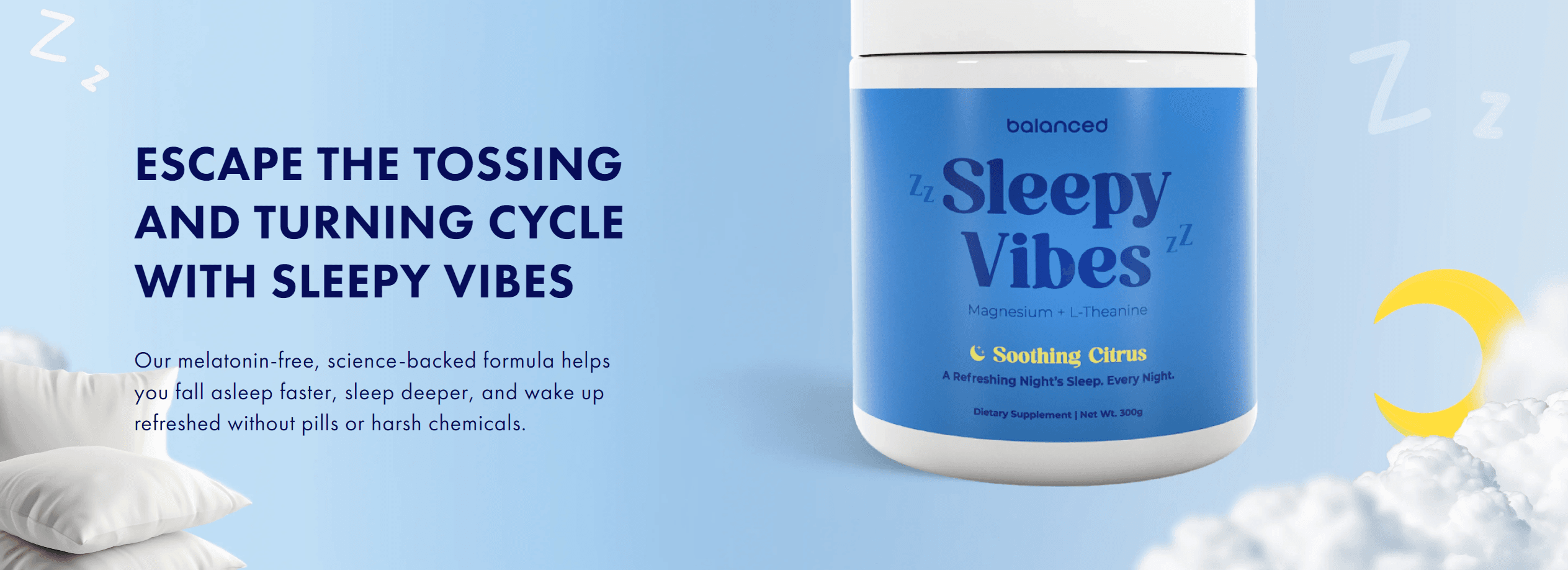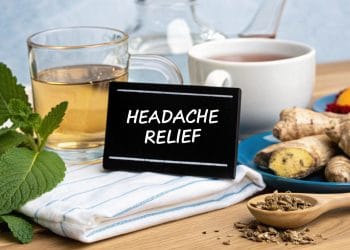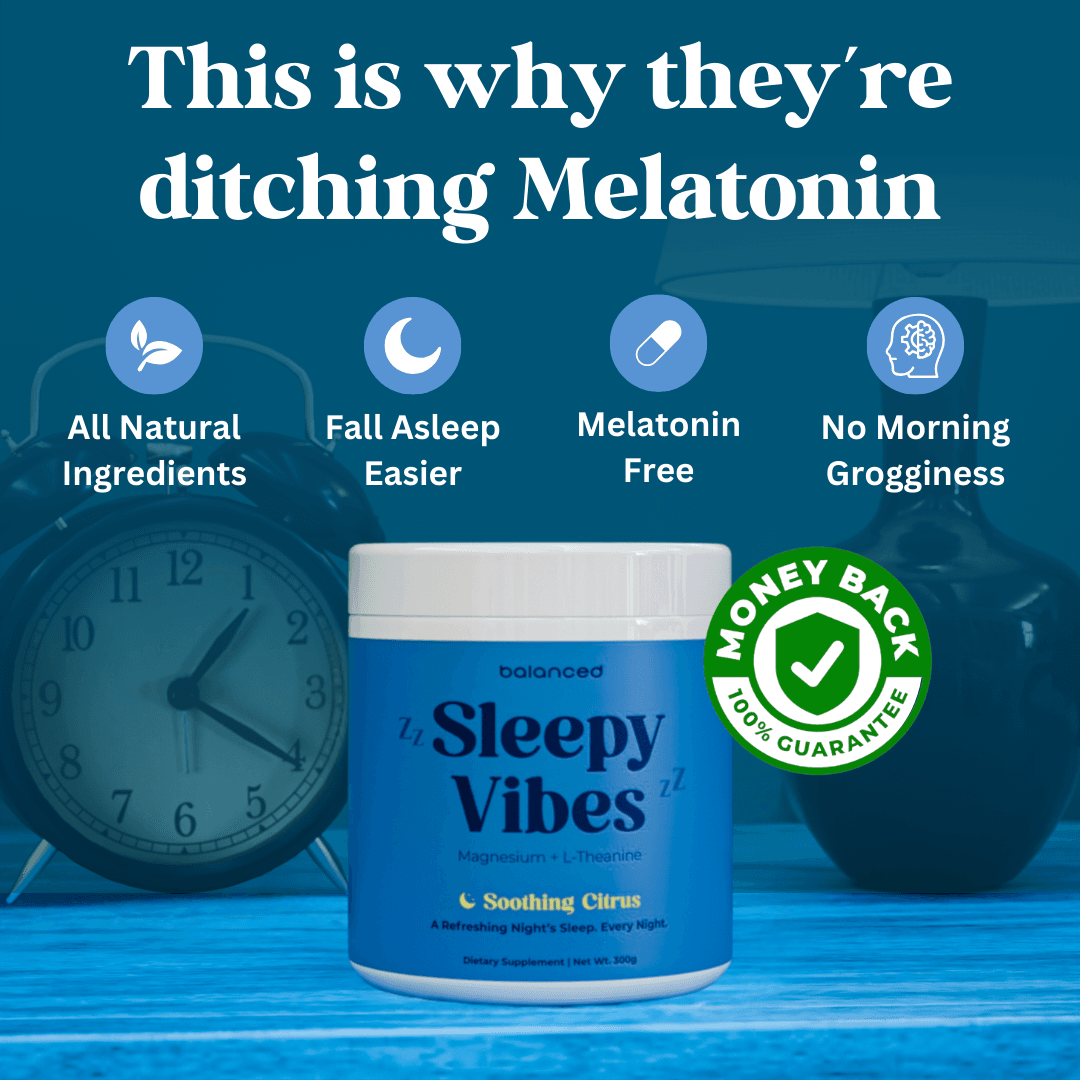Last Updated on July 15, 2025 by Lauretta Iyamu, PharmD
Spring brings flowers, but for many, it also brings allergies. Sneezing, itchy eyes, and a stuffy nose can make the season miserable.
Over-the-counter pills can help, but they often make you feel sleepy or foggy. This can feel just as bad as the allergies themselves.
You don't have to just suffer through it. There are many natural allergy remedies that work well without the bad side effects. These remedies help calm your body's reaction to allergens.
This guide will show you seven powerful, natural options. We will look at things like quercetin and butterbur. You will also learn about local honey and nasal cleaning. This is a simple guide to help you breathe easier.
1. Quercetin: The Plant-Based Antihistamine
Quercetin is a natural part of foods like onions, apples, and broccoli. It is a strong antioxidant.
For allergies, its best feature is acting like a natural antihistamine. It stops your body from releasing histamine, which causes sneezing and itching.
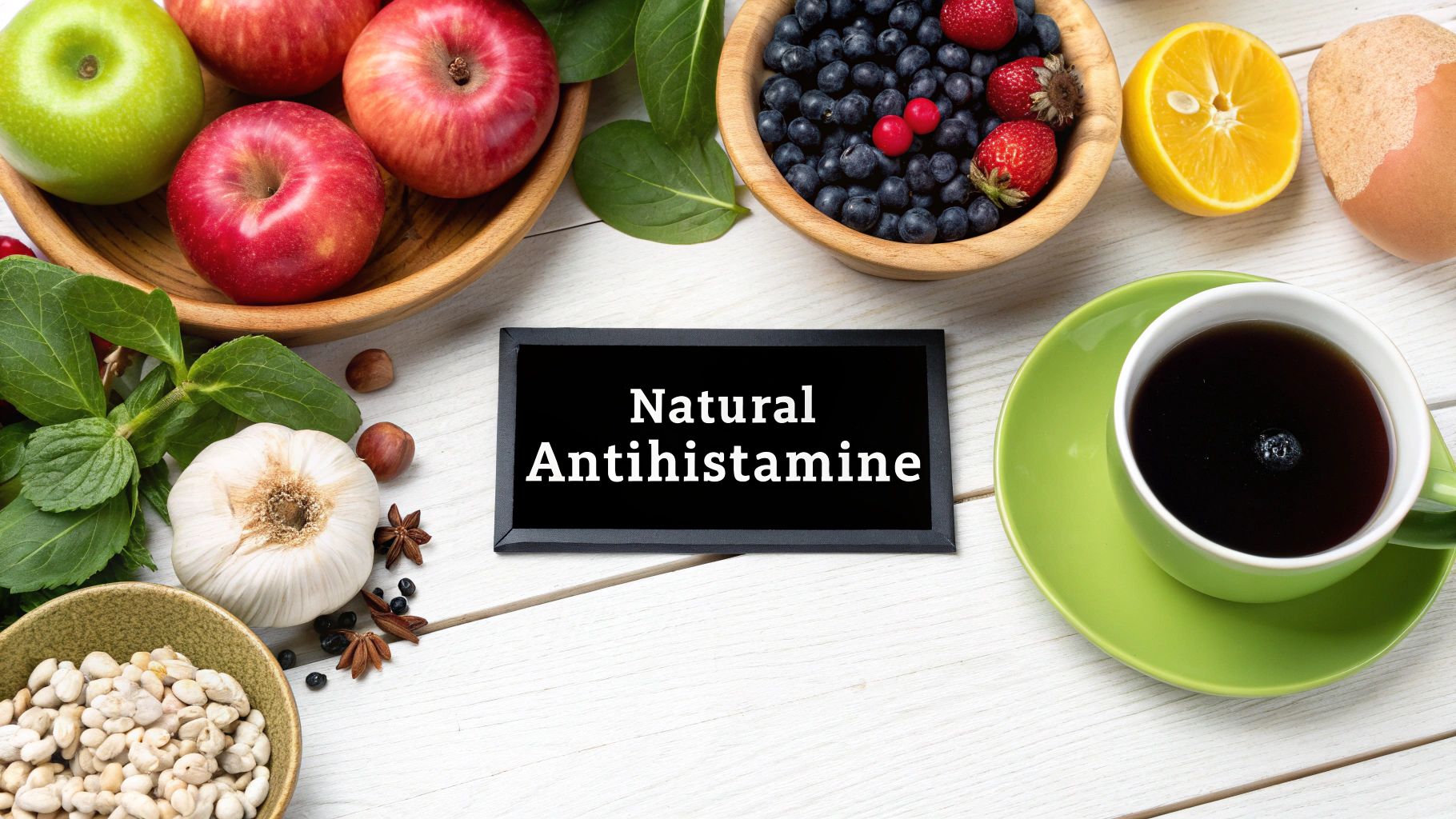
This helps calm your body’s reaction before it starts.
How Quercetin Provides Allergy Relief
Research shows quercetin helps with allergic reactions. It can reduce hay fever symptoms and calm allergy-related inflammation.
By blocking histamine, it gets to the root cause of allergy problems. If you also feel tired from allergies, some natural energy boosters might also be helpful to learn about.
Practical Tips for Using Quercetin
Timing and absorption are important for quercetin to work well.
Start taking quercetin two to four weeks before allergy season. This helps build its effect in your body.
A common dose is 500 mg twice a day. Take it between meals so your body can absorb it better.
Quercetin can be hard to absorb alone. Taking it with bromelain, an enzyme from pineapples, can help. Some products add Vitamin C for even better results.
For the best absorption, you can try Quercetin Phytosome capsules. This special form is much easier for your body to use.
2. Butterbur (Petasites hybridus)
Butterbur is a plant that has been used in Europe for a long time. Its extract is a great natural remedy for hay fever.
It works by blocking chemicals that cause sneezing and itchy eyes.
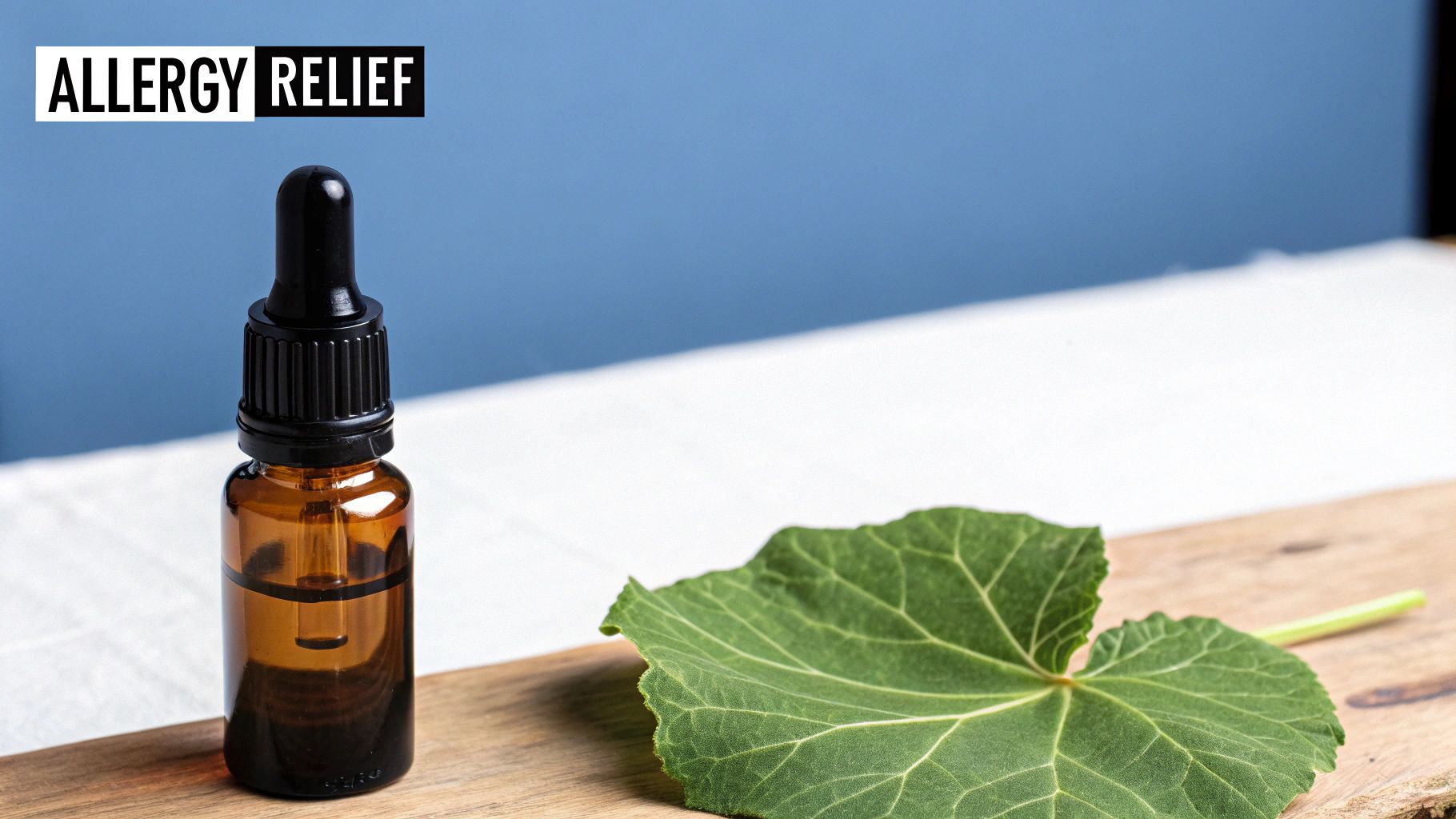
This makes it a strong choice for allergy relief without making you sleepy.
How Butterbur Provides Allergy Relief
Studies show butterbur is a powerful allergy fighter. One study found it worked just as well as a popular allergy medicine.
Other trials have confirmed it helps both adults and children with allergy symptoms. You can learn more about how powerful natural supplements like this work.
Practical Tips for Using Butterbur
Using butterbur safely is very important.
Only use products that say "PA-free." Regular butterbur has things that can harm your liver.
Take butterbur every day during allergy season for the best results.
Look for products with the Ze 339 extract. This is the type used in most successful studies.
A normal dose is 50-75 mg twice a day for adults. Take it with food.
Butterbur's biggest benefit is that it provides strong relief without causing drowsiness. This makes it great for daytime use.
3. Stinging Nettle (Urtica dioica)
Stinging nettle is a plant used in herbal medicine for centuries. When dried, it becomes a respected natural allergy remedy.
It works by stopping your body from making histamine. This is the chemical that causes sneezing and stuffy noses.
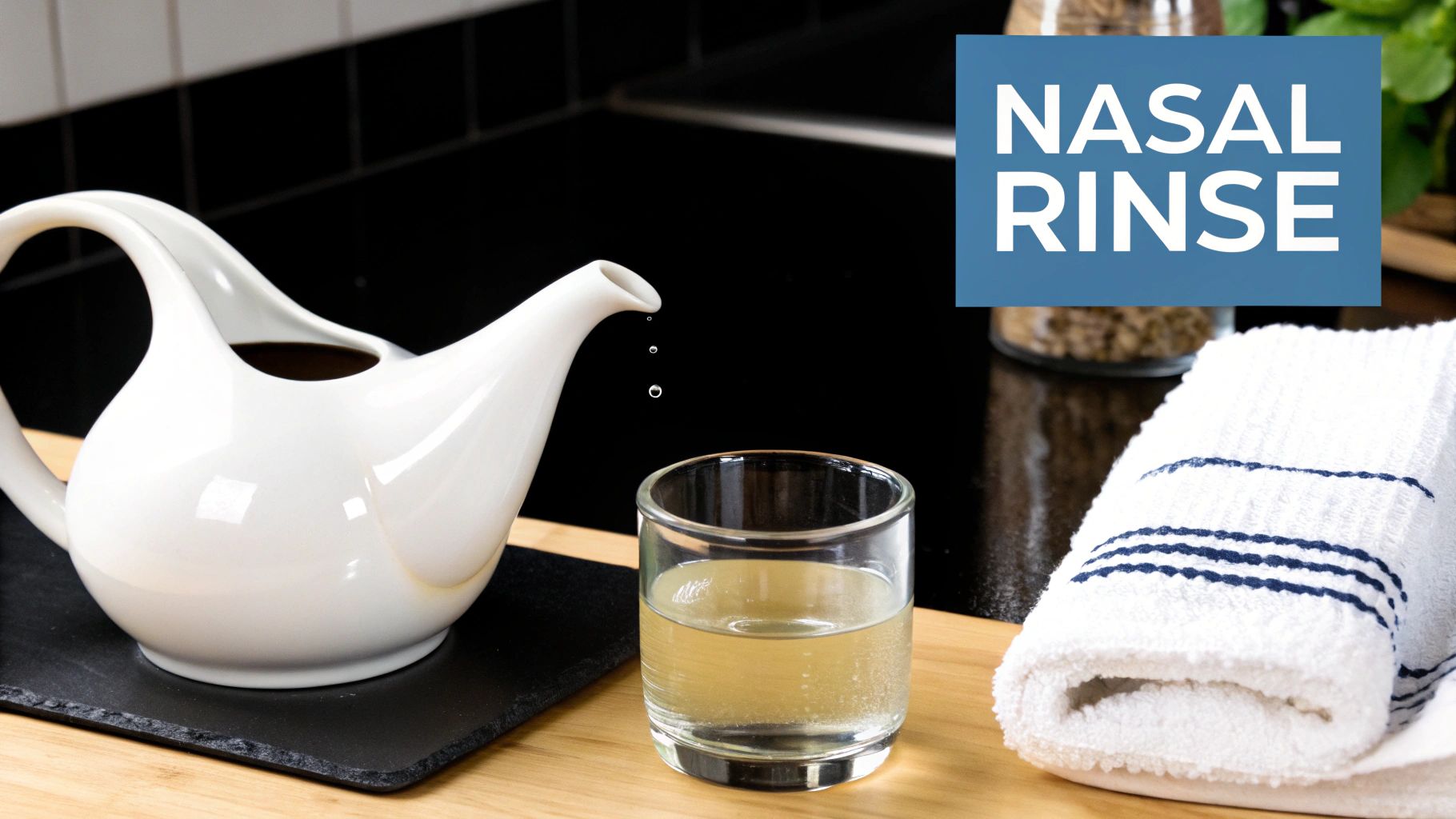
This action provides direct relief from allergy symptoms.
How Stinging Nettle Provides Allergy Relief
Research supports stinging nettle for allergy relief. One study showed over half of users felt much better after taking it.
It has been proven to reduce sneezing and itching. This makes it a reliable choice. You can explore more traditional herbal remedies like this to see how they have been used for years.
Practical Tips for Using Stinging Nettle
Using the right form of stinging nettle is key.
Choose freeze-dried nettle capsules. This form keeps the active parts of the plant strong.
Take it as soon as you feel allergy symptoms. This gives you the best results.
A good starting dose is 300 mg. You can adjust it as needed.
Drink plenty of water when taking stinging nettle.
Stinging nettle works well on its own. You can also pair it with quercetin for even more allergy-fighting power.
4. Local Honey: A Sweet Approach to Desensitization
The idea behind using local honey is simple. Raw honey from your area has tiny amounts of local pollen in it.
By eating a little bit every day, you expose your body to these pollens. This may help your body get used to them.
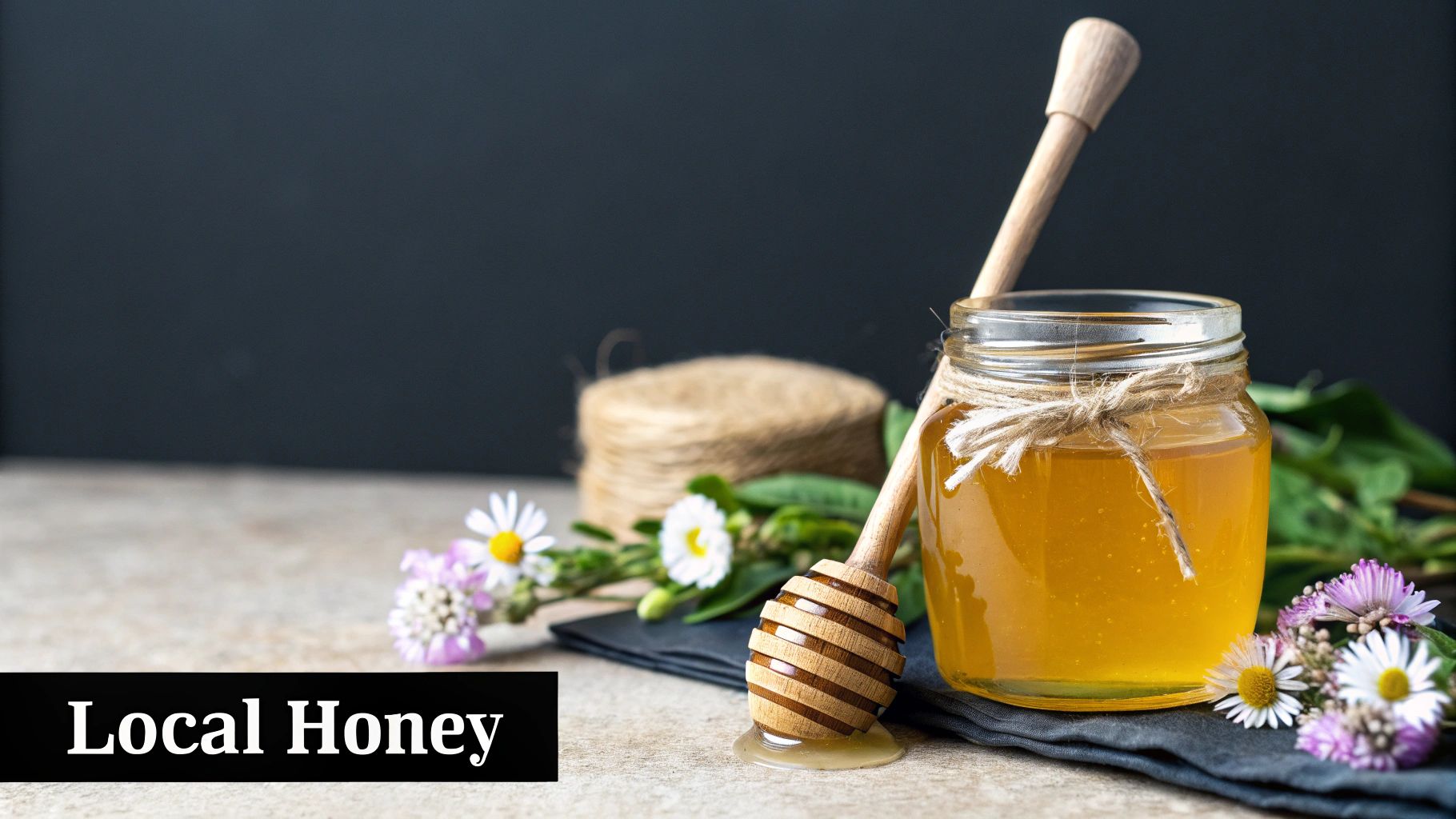
Over time, your immune system might not react as strongly to pollen in the air.
How Local Honey Provides Allergy Relief
This method is a tradition in folk medicine. Many people say it helps reduce their hay fever symptoms.
The honey must be local to have the right pollens. Raw honey also helps soothe a sore throat.
Practical Tips for Using Local Honey
Consistency and good sourcing are very important for this remedy.
Start eating local honey two to three months before allergy season. This gives your body time to adjust.
The honey must come from bees near where you live. Buy it from local beekeepers or farmers' markets.
Make sure the honey is raw and unfiltered. Processing removes the helpful pollen.
A common amount is one teaspoon to one tablespoon each day. You can eat it straight or add it to tea or yogurt.
This is a long-term plan, not a quick fix. It works best when you start long before allergy season begins.
5. Nasal Irrigation (Neti Pot): A Mechanical Cleanse
Nasal irrigation is a way to clean your nose. You use a small pot, called a neti pot, and a saltwater solution.
This washes out pollen, dust, and mucus from your nasal passages. It gives quick relief from a stuffy nose.
It tackles the problem right where it starts, inside your nose.
How Nasal Irrigation Provides Allergy Relief
This is a drug-free way to manage allergy symptoms. It thins mucus and flushes out allergens.
Many doctors recommend it for sinus problems and allergies. Studies show it can reduce the need for allergy medicine.
Practical Tips for Using a Neti Pot
Using a neti pot correctly is crucial for safety.
Always use distilled, sterile, or boiled and cooled water. This is the most important rule to follow.
Mix a quarter teaspoon of non-iodized salt into one cup of warm, sterile water. Stir until the salt dissolves completely.
Lean over a sink and tilt your head sideways. Gently pour the saltwater into your top nostril and let it flow out the bottom one. Breathe through your mouth.
Wash your neti pot with soap and hot water after every use. Let it air dry completely.
It might feel strange at first. But the feeling of clear sinuses right after is worth it.
6. Bromelain: The Pineapple Enzyme Powerhouse
Bromelain is an enzyme found in pineapples. It is known for helping digestion, but it is also great for allergies.
It works by fighting inflammation and swelling. This is especially helpful for the tissues in your nose and sinuses.
This helps reduce a stuffy or runny nose. It's a different way to calm your body's reaction to allergens.
How Bromelain Provides Allergy Relief
Studies show bromelain can help with sinus problems. It has been shown to reduce nasal swelling in people with sinusitis.
It helps thin mucus and makes breathing easier. Bromelain also helps your body absorb quercetin better, making them a powerful team. If you want to fight inflammation with food, check out these anti-inflammatory foods on healthyavid.com.
Practical Tips for Using Bromelain
To get the most from bromelain, use it correctly.
Take bromelain supplements between meals. This helps it work throughout your body, not just in your stomach.
Look for a potency listed in GDU or MCU. A higher number means it's a stronger product.
A normal dose for allergies is 200-400 mg, taken two or three times a day.
Take bromelain with quercetin for a bigger effect. Bromelain helps your body use more of the quercetin.
Bromelain's power to reduce swelling is well-known. It's a valuable tool for fighting your allergy symptoms.
7. Vitamin C with Bioflavonoids
Vitamin C is famous for boosting your immune system. It also acts as a powerful natural antihistamine.
It stops cells from releasing histamine. It also helps break down histamine that is already in your body.
When taken with bioflavonoids, its allergy-fighting power is even stronger. Bioflavonoids are plant compounds often found with Vitamin C in fruits.
This pair helps calm your immune system. It reduces symptoms like a runny nose and itchy eyes.
How Vitamin C with Bioflavonoids Provides Allergy Relief
Science supports Vitamin C's role in managing allergies. Studies show it can lower histamine levels in the blood.
This directly fights the chemical that causes allergic reactions. To learn more about its role in wellness, see the best supplements to take for overall health on healthyavid.com.
Practical Tips for Using Vitamin C with Bioflavonoids
Taking Vitamin C the right way is important for allergy relief.
Take smaller doses throughout the day. Your body can only absorb so much at once.
Start with 1,000 mg per day. You can increase this dose during peak allergy season.
Choose a supplement that includes bioflavonoids. These help Vitamin C work better.
If high doses upset your stomach, choose a buffered form. Calcium ascorbate is a gentler option.
Always choose a Vitamin C supplement that has bioflavonoids. This combination works much better for fighting allergies.
Natural Allergy Remedies Comparison Table
| Item | Implementation Complexity | Resource Requirements | Expected Outcomes | Ideal Use Cases | Key Advantages |
|---|---|---|---|---|---|
| Quercetin | Moderate (supplement intake) | Supplements; natural food sources | Reduced allergy symptoms over time | Seasonal & food allergies | Natural antihistamine; antioxidant; non-drowsy |
| Butterbur (Petasites) | Moderate (PA-free extracts) | Standardized extract (Ze 339) | Rapid relief from hay fever symptoms | Seasonal allergies (hay fever) | Clinically proven; non-sedating; fast-acting |
| Stinging Nettle | Low to moderate (herbal use) | Freeze-dried leaf supplements | Fast allergy symptom relief | Seasonal allergies; as-needed use | Natural antihistamine; nutritional benefits |
| Local Honey | Low (dietary intake) | Raw, local honey | Possible gradual desensitization | Seasonal pollen allergies | Pleasant taste; natural immunotherapy approach |
| Nasal Irrigation (Neti) | Moderate (technique required) | Saline solution; neti pot device | Immediate relief of congestion | Nasal congestion; sinus care | Immediate relief; no drugs; safe for daily use |
| Bromelain | Moderate (supplement intake) | Pineapple-derived enzyme extract | Reduced nasal swelling and inflammation | Nasal congestion; enhance other supplements | Anti-inflammatory; enhances absorption |
| Vitamin C with Bioflavonoids | Low to moderate (supplement) | Supplements; bioflavonoid blends | Reduced histamine release; immune support | Seasonal allergies; long-term health | Well-researched; multiple health benefits |
Taking Control of Your Allergies Naturally
Dealing with allergies can feel like a constant struggle. The sneezing, itching, and congestion can ruin your day.
But you have a powerful set of natural allergy remedies to help you. These tools can help you find real relief.
Recapping Your Natural Allergy Toolkit
This guide showed you many strong options for fighting allergies. Quercetin and bromelain act as natural antihistamines.
Herbs like butterbur and stinging nettle work as well as some medicines without making you sleepy.
We also looked at physical tools. A neti pot gives you immediate relief by washing allergens out of your nose. Vitamin C with bioflavonoids makes your immune system stronger.
Creating Your Personalized Allergy Strategy
The best way to use these remedies is to create your own plan. You can combine different options to see what works for you.
You might start by eating more foods with quercetin and taking Vitamin C. Then, you could add stinging nettle tea when pollen is high.
Pay attention to how your body feels. This will help you find the right combination for your needs.
The goal is to build a routine that fights allergies from all sides. This gives you real control, not just a temporary fix.
Changing your home can also make a big difference. For example, using the best sheets for allergies can help you sleep better with fewer symptoms.
The Path Forward: Consistency and Consultation
Using these remedies is a commitment to your health. The key is to be consistent.
They work best when you use them before your symptoms get bad. Making them part of your daily routine can build up your body's defense.
Always talk to a doctor before starting new supplements. This is especially true for strong herbs like butterbur. A professional can help you choose the safest and best options for you.
Which of these natural remedies are you most excited to try first?
For curated wellness products that align with a natural and holistic lifestyle, explore the selections at Healthy Avid. Discover supplements and health-focused items to support your journey toward allergy relief and overall well-being at Healthy Avid.

